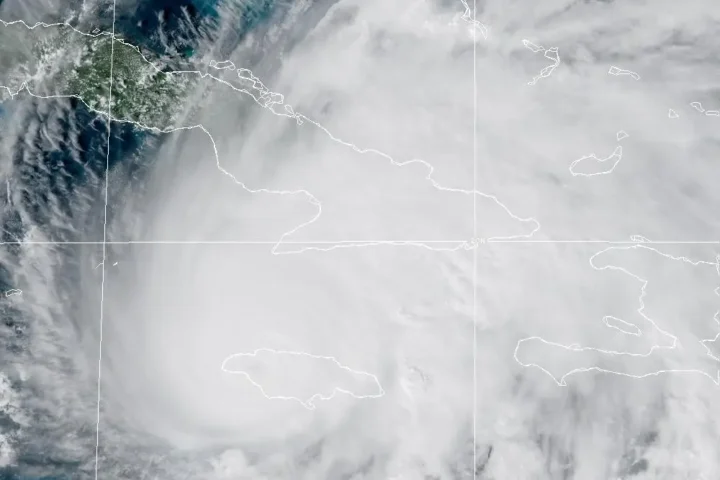As urban landscapes continue to expand, the phenomenon known as the urban heat island effect becomes a pressing concern. This issue, prevalent in cities like Los Angeles, exacerbates heat waves, making urban areas significantly warmer than their rural surroundings due to human activities. However, innovative solutions are emerging, with companies like GAF leading the charge through initiatives like their Cool Community Project.


GAF’s endeavor centers around combating the urban heat island effect by introducing reflective street coatings, a technology that earned a spot in TIME magazine’s Best Inventions of 2022. Their product, StreetBond, is pivotal in this fight, offering a reduction in temperatures on treated surfaces. This is not just a matter of comfort but a critical health issue. Rising temperatures correlate with various societal problems, including health complications, increased violence, and even heightened levels of hate speech.
The focus is not just on roads. GAF acknowledges the role of rooftops in this environmental issue, considering the U.S. has around 61 billion square feet of commercial roofing. The integration of cool roofing materials is part of their strategy, aiming to expand the scope of surfaces that can reflect more sunlight and absorb less heat.


In Pacoima, Los Angeles, a community known for its scorching temperatures, GAF’s initiative is more than welcome. The company has already coated over 700,000 square feet of the city’s surface with reflective materials, observing a promising reduction in temperatures. However, the project’s success doesn’t hinge solely on technology. Community engagement and local partnerships play a crucial role in its effectiveness.
Similar Posts
Collaboration with local organizations like Pacoima Beautiful highlights the need for community involvement in environmental initiatives. The benefits of such projects extend beyond temperature reduction, touching on social issues like equity and public health. Affluent neighborhoods often have resources to combat heat, but underserved communities suffer disproportionately. Initiatives like GAF’s can bridge this gap, but they also raise questions about sustainability and long-term urban planning.


Moreover, while GAF’s project is groundbreaking, it’s not a catch-all solution. Urban heat management requires a multi-faceted approach, including increased green spaces, sustainable architecture, and community education. The reflective coatings might be an effective solution offering instant relief, but the issue of urban heat islands needs to be addressed at its root, starting with how cities are designed and constructed.
Furthermore, the success of these initiatives should prompt broader legislative efforts. While companies can pioneer solutions, support from local and federal governments is essential in implementing these strategies on a larger scale. Policies encouraging or even mandating the use of reflective materials in new constructions or major renovations could be a forward-thinking approach to urban planning.
The urban heat island effect is a complex issue that demands a holistic approach. While reflective coatings present a promising solution, their application should be part of a larger strategy involving community engagement, sustainable urban planning, and supportive legislation. As our cities continue to grow, proactive and out of the box measures like GAF’s Cool Community Project can play a significant role in safeguarding the health and well-being of urban dwellers.














